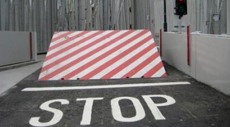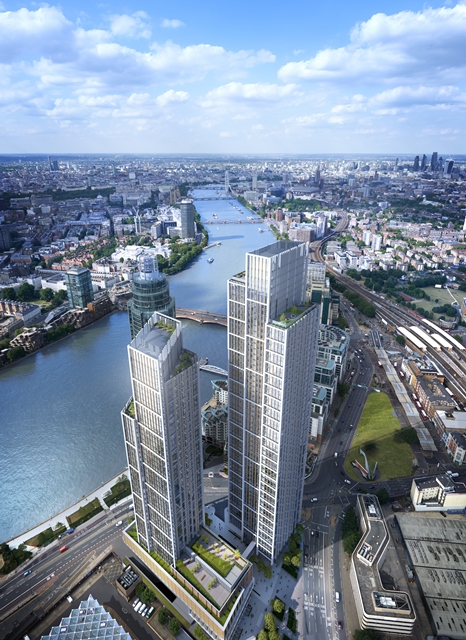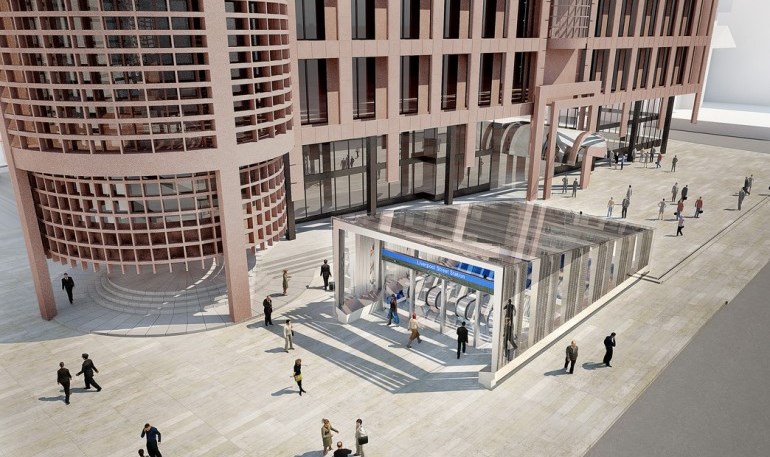New Vehicle Entry Controls at The Scottish Parliament
The Requirement
The Scottish Parliamentary management team required a vehicle control security system that included an under-vehicle screening and an entry system that would control access to the site by the use of proximity-card reader or intercom. The under-vehicle screening equipment was to screen all vehicles immediately at the complex boundary. The vehicle control barrier system had to be shallow-mounted, or surface-mounted, and have a crash-rating in accordance with PAS 68. The entry system also had to allow the safe passage of authorised vehicles, ranging from lorries, emergency vehicles, cars, motorcyclists, and cyclists.
The Solution
The scheme design and the operational controls philosophy for the hostile vehicle mitigation were prepared by MFD. The scheme had to achieve a functional, yet aesthetically pleasing, vehicle control solution that would be both effective and allow the relatively unhindered progress of vehicles. The Scottish Parliament's Green Policy actively encourages cyclists, hence their entry was to be of equal priority to that of other vehicle users.
Due to the presence of a range of services entering the site at specific locations, the use of bollards to separate the various traffic lanes was not possible. Therefore, the scheme adopted surface-mounted Corus Bi-Steel traffic barriers. This was also a visually effective solution as the architectural appearance of the mitigation measures was easily disguised, with a high quality paint finish, with the surrounding concrete structural elements and with the feature steelwork forming the fenced perimeter. Whenever possible, all access control card readers and traffic were mounted on the Bi-Steel barriers.
Important to the design of vehicle entry control systems is having a thorough understanding of all the possible permutations of control functions required to facilitate the safe passage through the barrier system, particularly when there are numerous approach directions from within the site, two-way traffic flows, and the combination of a whole range of vehicles including cyclists. Careful evaluation of the controls strategy paid dividends in ensuring that high-security access was maintained whilst minimising the dwell time for vehicles transiting the barrier system in each direction. MFD spent considerable time with the Scottish Parliamentary security team, and hence, all parties understood the functionality of the vehicle movements and the priorities assigned to vehicle types and direction of travel.
Conclusions
The key challenges for this scheme, which were resolved with the installation of crash-rated PAS68 bollards, are summarised below:
- Fully integrated with the expressive architecture of the Parliament building and fenced perimeter
- Minimal disruption to vehicle movements during the works
- A solution designed to safely accommodate all forms of vehicle movements
- A dedicated integrated control philosophy
- Effective partnering, ensuring that the daily Parliamentary functions were able to operate during construction, and in a better protected environment in the future.
Privacy/Cookie Policy | Copyright 2019 MFD International Limited








